See what was discussed at the FECM Carbon Management Webinar and watch the recording.
Hydrocarbons and Geothermal Energy Office
December 7, 2021FECM Discussed Key Carbon Management Efforts During the Carbon Management Webinar on 12.01

The Office of Fossil Energy and Carbon Management (FECM) hosted a Carbon Management Webinar on December 1 (12.01) to discuss some of the key initiatives the office is undertaking to address the climate crisis. This event date was chosen because 12.01 is the atomic mass of carbon and carbon management is essential to meeting the Biden Administration’s goal of net-zero emissions by 2050.
A recap of the webinar is included below, and the recording of the presentation is available on FECM’s website.
Fossil Energy and Carbon Management Overview

Dr. Jennifer Wilcox, Principal Deputy Assistant Secretary and Acting Assistant Secretary, FECM, kicked off the 12.01 webinar by explaining that the Biden Administration has set three major goals for the United States: 50% emissions reduction by 2030, 100% clean electricity by 2035 and net-zero carbon emissions by 2050. She touched on FECM’s new mission statement, the recent reorganization and explained that a lot of the office’s work is centered on public engagement.
“As we look at investing in technologies—from a research and development level all the way up to pilots, demonstration and ultimately wide-scale deployment—those are the technologies that are going into communities,” said Dr. Wilcox. “So, we want to make sure we have communication with the communities to make sure there is an understanding of the technology that is being deployed and that the benefits are realized. And as we invest in carbon capture solutions, we want to be sure we’re inclusive of the impacts that the upstream production of fossil fuels has as well. Minimizing climate and environmental impacts from the production of fossil fuels all the way through their use for energy production is our priority.”
She then dove into several research, development, deployment and demonstration (RDD&D) focus areas for the office, including point-source carbon capture, hydrogen, methane emissions reduction, critical mineral production, carbon dioxide removal (CDR) and more.
Carbon Dioxide Removal

Dr. Shuchi Talati, Chief of Staff, FECM, explained that the U.S. Government’s first major effort in CDR, Carbon Negative Shot, has a critical role in helping the United States address the climate crisis and achieve net-zero emissions by 2050. She noted that multiple major studies have shown conclusively that CDR will be a necessary part of the portfolio of solutions, alongside mitigation and adaptation, to reach the world’s climate goals and limit harm to climate-vulnerable communities and nations.
“I want to emphasize that CDR is necessary in addition to deep decarbonization; CDR should absolutely not be pursued or deployed in a vacuum,” said Dr. Talati. “We have to make sure we are deeply thoughtful on resource use, such as energy, land and water; on what infrastructure will be needed; and how to ensure justice considerations are prioritized.”
Carbon Management in the Bipartisan Infrastructure Law
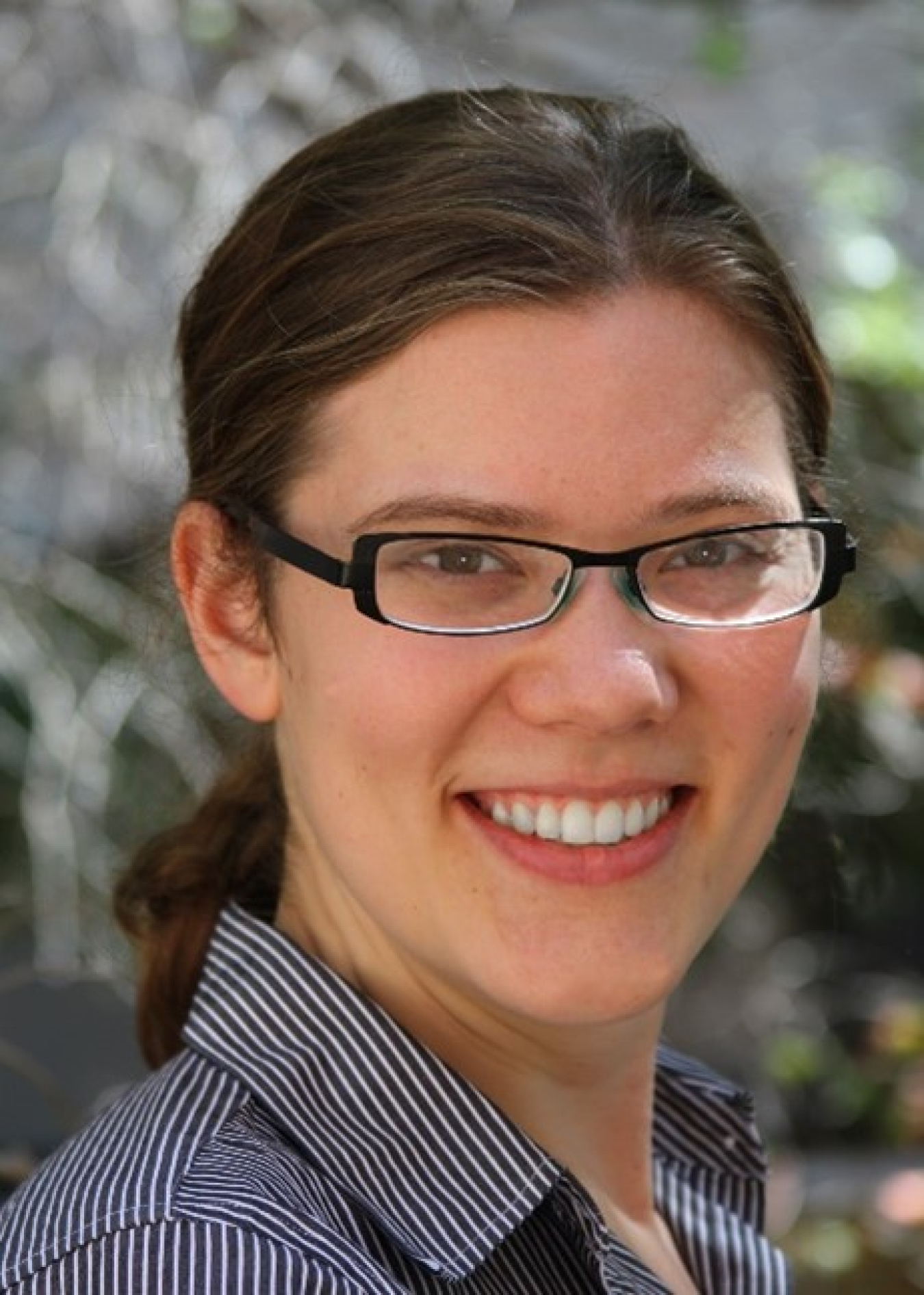
Dr. Emily Grubert, Deputy Assistant Secretary, Office of Carbon Management, provided an overview of carbon management funding in the Bipartisan Infrastructure Law. She explained that the U.S. Department of Energy will deploy approximately $10 billion in new direct carbon management funding over the next five years for several RDD&D areas, including direct air capture-based CDR, engineered stack capture and CO2 utilization and storage.
Dr. Grubert said that the Department will deploy additional funding for hydrogen hubs, at least one of which will include carbon management. And, she mentioned the new request for information seeking input on various carbon management strategies that will support key efforts to decarbonize power and industrial sectors.
“With all of this, we are extraordinarily excited to see a lot of the deployment coming through with the Bipartisan Infrastructure Law, in addition to the typical research and development we are doing, to ensure we have the technologies necessary to achieve the long-term goal of net-zero emissions,” concluded Dr. Grubert.
International and Domestic Carbon Management Collaboration Efforts

Adam Wong, Director for Strategic Engagement, Office of Carbon Management, spoke to international and domestic carbon management collaboration efforts. He explained that the team serves as the liaison for facilitating global and domestic conversations related to carbon management, along with coordinating with other U.S. government agencies.
Mr. Wong also highlighted that FECM recently signed a memorandum of understanding with the U.S. Geological Survey to establish cooperation between the two agencies to assess the global, regional and national resources for geologic carbon storage.
He noted, “As we work to leverage our existing partnerships to work with other countries, our efforts will include providing international technical assistance, discussions, meetings, workshops and research activities that will ultimately contribute to a better understanding of both current and potential resources for geologic CO2 storage.”
Carbon Storage Assurance Facility Enterprise Notice of Intent
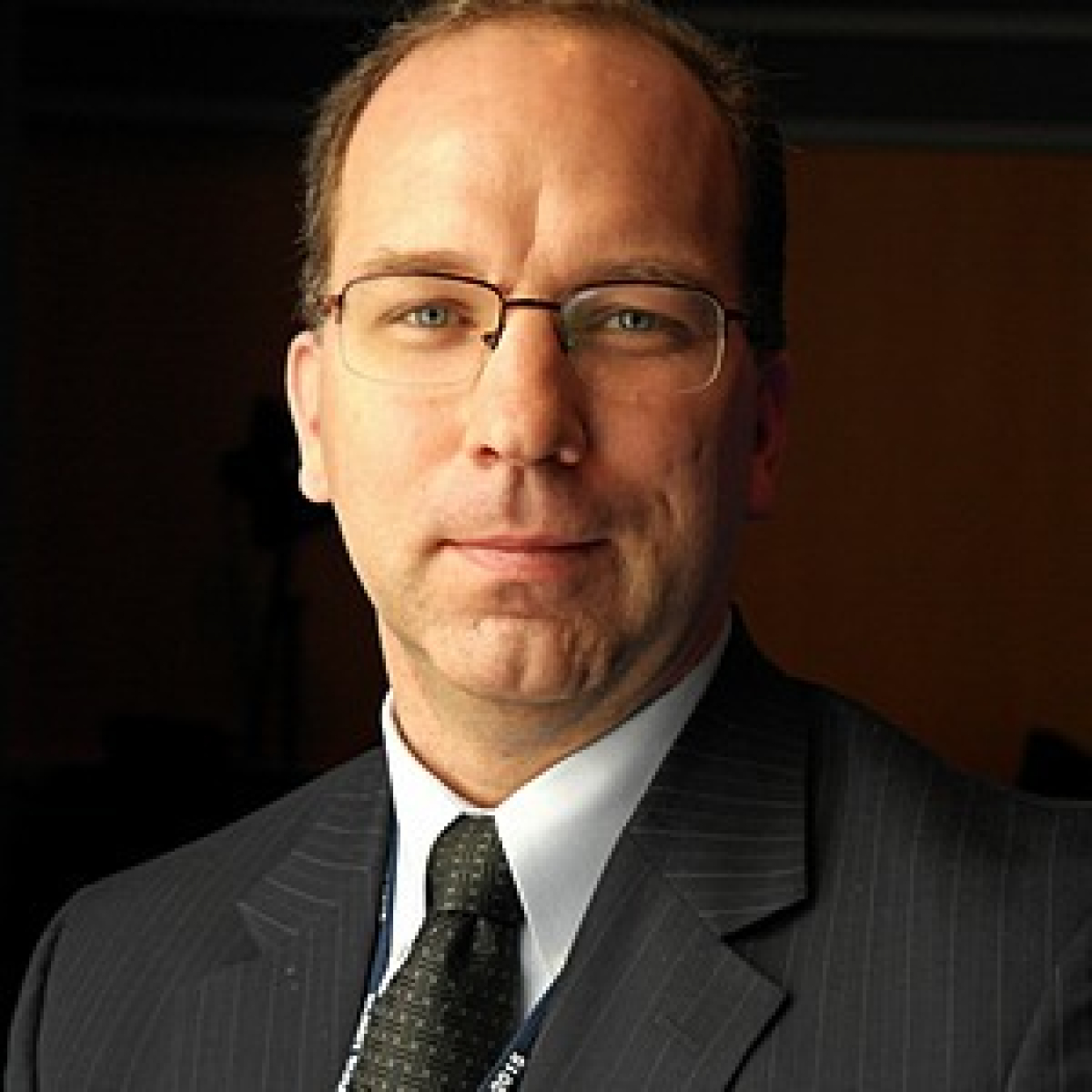
John Litynski, P.E., Director for Carbon Transport and Storage, Office of Carbon Management, explained that the Carbon Storage Assurance Facility Enterprise (CarbonSAFE) focuses on developing geologic storage sites with capacities to store at least 50+ million metric tons of CO2.
He mentioned that the CarbonSAFE projects are currently in various stages of development as a part of a broader effort to develop an integrated carbon capture and storage complex that will be constructed and permitted for operation in the 2025-2035 timeframe. He also highlighted a notice of intent that was issued earlier in November, announcing the Department’s intent to fund up to $33.2 million for CarbonSAFE projects.
“CarbonSAFE is a foundational technology for the decarbonization of many sectors. It’s going to be necessary to develop these facilities in the next 5-10 years so that the storage capacity is there—so that as the carbon capture facilities come online, we can actually utilize the infrastructure,” said Mr. Litynski.
We hope you enjoyed the recap of the Carbon Management Webinar hosted on 12.01. For more information on FECM’s carbon management efforts, and to keep up to date with future webinar invitations, visit our website and sign up for news alerts.
Learn More
-
 See what was discussed at the FECM Carbon Management Webinar and watch the recording.
See what was discussed at the FECM Carbon Management Webinar and watch the recording. -
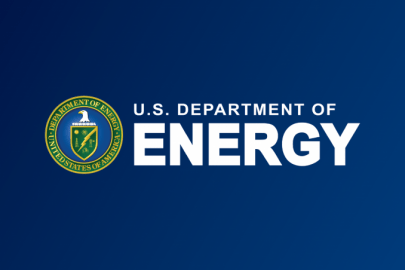 The U.S. Department of Energy (DOE) today released a Request for Information (RFI) on technologies ready to be demonstrated that reduce carbon emissions and remove carbon dioxide from the atmosphere.
The U.S. Department of Energy (DOE) today released a Request for Information (RFI) on technologies ready to be demonstrated that reduce carbon emissions and remove carbon dioxide from the atmosphere. -
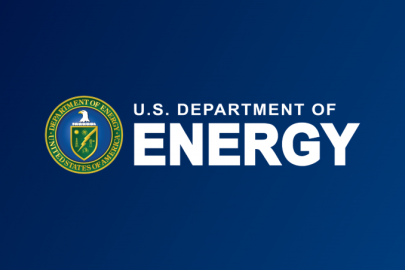 The Bipartisan Infrastructure Deal is a long-overdue investment in our nation’s infrastructure, workers, families, and competitiveness.
The Bipartisan Infrastructure Deal is a long-overdue investment in our nation’s infrastructure, workers, families, and competitiveness. -
Categorical Exclusion Determination
-
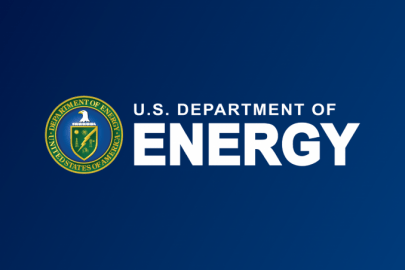 Today, the U.S. Department of Energy’s Office of Fossil Energy and Carbon Management announced its intent to fund projects through its University Training and Research Program.
Today, the U.S. Department of Energy’s Office of Fossil Energy and Carbon Management announced its intent to fund projects through its University Training and Research Program. -
 See what was discussed at the FECM Carbon Management Webinar and watch the recording.
See what was discussed at the FECM Carbon Management Webinar and watch the recording.


